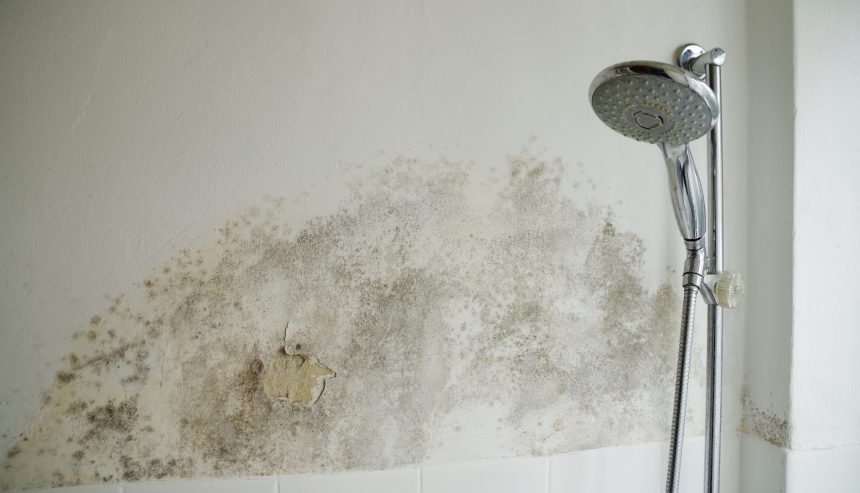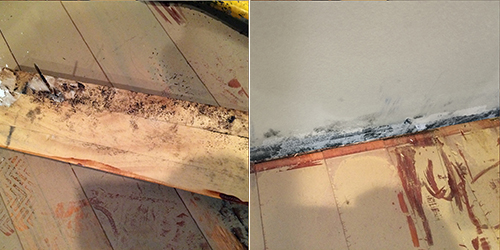Searching for Indications of Water Damage in the Bathroom
Searching for Indications of Water Damage in the Bathroom
Blog Article
What are your thoughts and feelings on How to Prevent Bathroom Water Damage?

The bathroom is incredibly at risk for moist build-up and also potential water damage because of the constant use of water in it. This short article uses simple evaluation methods to assist identifying water damage risks.
The constant use water in the bathroom makes it incredibly prone for wet accumulation and prospective water damages. By evaluating it regularly, you can reduce water associated problems.
The adhering to collection of inspections is easy to carry out as well as ought to be done when in every three months in order to maintain your shower room healthy and also to stop potential water damages caused by the tub, the shower, pipe joints as well as plumbing, sinks, cupboards, and the toilet
Do not overlook carrying out these evaluations as well as be extensive while doing them. Bear in mind that these basic assessments can conserve you a great deal of cash by supplying very early indications for water damage
Sinks and Cabinets
Sinks and cabinets are exposed to dampness and also moisture day-to-day and also are commonly ignored. Check frequently under the sink and on the kitchen counter over it. Fix any type of drip in the catch as it may suggest drain problems. Check out the sink, slow-moving draining pipelines may suggest a blocked drainpipe. Replace sink seals if they are cracked or loose.
Bath tub and also Shower
The shower as well as tub require special focus as well as maintenance. Check the tiles and also replace if cracked. See to it that there is no missing out on grout between the floor tiles. Check as well as replace fractured caulking at joints where the wall surfaces satisfy the floor or the bath tub. Blocked drains pipes and also pipes problems will certainly stop the tub from drying and also may indicate significant issues beneath the bath tub. Talk to a specialist promptly to avoid architectural damages. Take note of stainings or soft areas around the bath tub wall surfaces as they may show an interior leakage.
Plumbing
Signs for water damages are hard to discover since the majority of pipes are mounted inside the walls.
Pay special interest to flooring and also walls dampness and discolorations as they may show an unnoticeable plumbing trouble. Inspect dampness levels in adjacent spaces too.
The Bathroom
The commode is a susceptible water joint. Inspect the water lines and also search for leakages around the toilet seat, in the pipe, and under the water storage tank. If you find any indicators of moisture on the flooring around the toilet, check for leakages in the toilet rim as well as container seals.
Understand that hanging bathroom dish deodorants boosts the chances for blockages.
10 TIPS TO PREVENT WATER DAMAGE IN THE BATHROOM
The average household uses approximately 80-100 gallons of water per person per day. For a family of 4, that's almost 2,500 gallons of water a week! The largest portion of this consumption comes from bathroom use. Flushing the toilet uses the most water, followed by taking a shower or bath. With that much water running through the home, water damage in the bathroom is bound to happen. Knowing how to spot signs of a water leak is essential to preventing long-term damage. This guide provides you with tips to reduce the impact of water damage on your bathroom.
CAUSES OF BATHROOM WATER DAMAGE
Pipe breaks are the most common cause of water damage we see in our daily jobs. The age of a pipe plays a large role in a pipe break as well as corrosion. Over time, the metal begins to break down, allowing water to escape. Frozen pipe breaks are also a concern in the winter months. Toilet overflows caused by paper products or children flushing inappropriate items. Degraded caulking around the toilet or bathtub can allow water seepage, sometimes behind the fixture, into the subfloor or walls. Condensation forms when the water in a pipe is cooler than the air temperature. Beads of water form on the exterior of the pipes, sometimes so much so that the water begins to drip and pool below. Sink or shower backups created by poor drainage. HOW TO PREVENT WATER DAMAGE IN YOUR BATHROOM
Inspect your toilet supply line for worn or frayed hoses and replace them as needed. Winterize your plumbing to prevent a frozen pipe break. Use vent fans to prevent condensation that can lead to mold growth. Routinely check and replace degraded caulking around your toilet or bathtub. Increase the temperature in your toilet tank and insulate your pipes during the warm summer months to keep condensation from forming. Use child safety locks on the toilets. Flush only toilet paper. "Flushable" wet wipes are actually not good for your plumbing system. Additionally, feminine hygiene products should not be flushed. Prevent water from escaping the tub or shower. Make sure shower curtains are in good condition. Inspect shower doors and replace the seal strip if necessary. Wipe up any water that accumulates on the floor and use bath mats. Water left to sit can cause damage to the tiles and flooring. Refrain from using bath products containing heavy oils to avoid a clogged drain.

I came across that piece about How to Prevent Bathroom Water Damage when exploring the internet. Enjoyed reading our blog entry? Please share it. Help other people find it. Thanks a lot for your time. Come back soon.
Book An Appointment Report this page